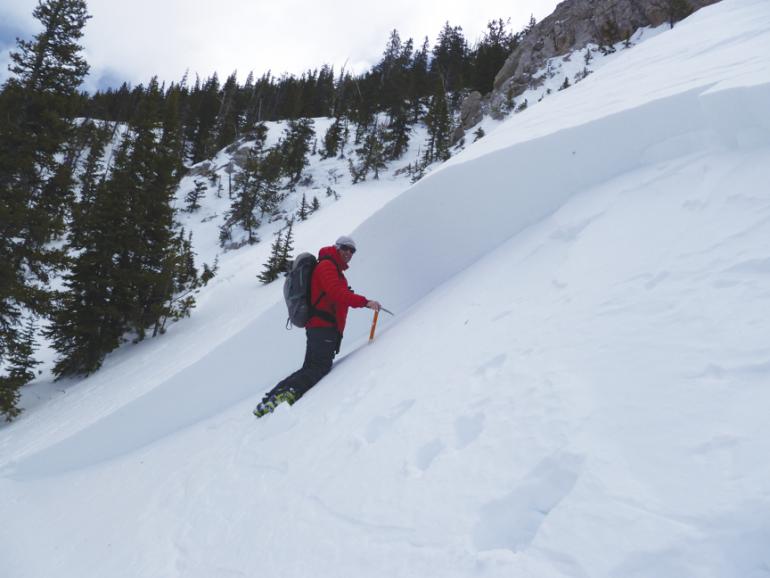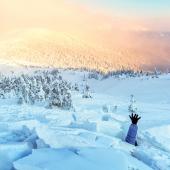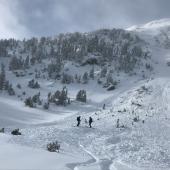Avalanche DOs and DON'Ts
Avalanche safety is all about information and preparation. To maximize your chances of staying safe in avalanche country, we’ve compiled a list of avalanche “do’s and don’ts.”
DO:
- Visit the Gallatin National Forest Avalanche Center (GNFAC) at mtavalanche.com to read their daily avalanche advisory and become a fan on Facebook to receive their videos and photos.
- Educate yourself by taking an avalanche safety class. Better yet, bring your partner along too. The GNFAC website has a list of all courses in the area.
- Carry an avalanche beacon, shovel, probes, and first-aid gear whenever you’re in the backcountry or side-country.
- Always travel with a partner and always ski slopes one at a time.
- Practice with your beacon by visiting a beacon park such as the one at Beall Park. A person has an 85% chance of surviving if they are dug up in 15 minutes; it drops to 40% after 30 minutes.
- Carry an inclinometer so you know when you’re in avalanche terrain (slopes steeper than 30 degrees).
- Know the avalanche training of your skiing or snowmobiling partners; you don’t want to trust your rescue to a “weak link” in the group.
- If you are caught in an avalanche, fight like hell; if you are watching your partner, note their last seen point because this is where you will begin the search.
DON’T:
- Assume that a well-tracked ski slope won’t avalanche.
- Think that side-country skiing is any safer than in the remote backcountry. It’s not.
- Leave a buried avalanche victim in order to alert rescuers. YOU are the rescuer and time is ticking away. Keep digging.
- Let peer pressure influence your better judgment. If you’re not comfortable with the risks being taken by your skiing partners, let them know in no uncertain terms.
- Assume that you are safe because you’re skiing or snowmobiling on flat land. Be aware that slopes above you can slide when avalanche conditions are ripe.
- Ignore warning signs like snowpack “whumps,” shooting cracks, or signs of avalanche activity on adjoining slopes. Turn around and live to ski or ride another day.












